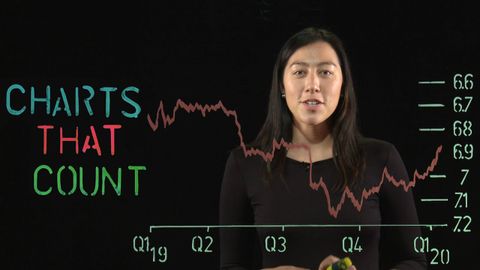
字幕と単語
中国:もう為替操作はできない?カウントするチャート (China: currency manipulator no more? Charts that Count)
00
洪子雯 が 2021 年 01 月 14 日 に投稿保存
動画の中の単語
progress
US /ˈprɑɡˌrɛs, -rəs, ˈproˌɡrɛs/
・
UK /'prəʊɡres/
- v.t./i.前進する;進捗する
- n. (u.)進歩すること;発展;進行
- v.t.促進する
A2 初級TOEIC
もっと見る エネルギーを使用
すべての単語を解除
発音・解説・フィルター機能を解除
